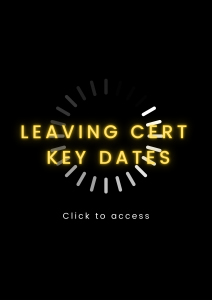Over 175 million professionals use LinkedIn to exchange information, ideas and opportunities. Ten years ago, the main sources of hunting for potential employees were jobsites and newspapers, but LinkedIn is changing the face of job-seeking.
Most HR departments, all agencies and more and more employers use LinkedIn in their hunt to source potential employees. Here are some points to note about LinkedIn:
[checklist]
- It is an excellent resource for job hunting as you become visible to employers and agencies. Including in your title “Renewable energy graduate looking for employment opportunities” or “Multi-lingual receptionist looking for new contract” attracts recruiters and employers, and also enables you to ‘advertise’ the fact that you are a jobseeker. To become even more visible, you can adjust your settings to enable people to contact you directly with no cost involved. You can even have a jobseeker badge attached to your profile.
- You can use LinkedIn to network with ‘like minded people’, without leaving the comfort of your own laptop. This is particularly valuable for those who are reluctant to ‘cold call’ companies.
- LinkedIn is a fantastic source of information for jobseekers as there are groups exclusively dedicated to job hunters in specific fields (e.g. engineers, PR people, teachers and virtually every profession under the sun all have their own groups). If you are planning to travel abroad, this is an excellent location to find out new job opportunities and liaise with other individuals based in the same location. It is also a way of finding out information about the existing job market there.
- It is a great place to start showcasing your skills. Tip: use the profile to its best potential. Include all achievements of note, including voluntary achievements. Include references – there is a specific place on LinkedIn for you to include recommendations by individuals. This is an outstanding way of starting to network even before you even leave college. Unfortunately, we have found quite a low level of awareness of LinkedIn among third-level students: the clever students are stealing a march by building their LinkedIn profile from the very outset of their university studies.
- Pro-active job hunting is now the key to finding employment. Using a variety of different paths helps you to get you in front of potential employers, and LinkedIn is one of the key tools you should use. It allows you to reach out to companies or potentially useful contacts.
- LinkedIn will enable you to find out about a company’s activities including what type of jobs they are hiring for – and this can be invaluable information when preparing your CV or getting ready for a job interview. Ensure that you include your LinkedIn URL on your CV.
- Jobs sections on LinkedIn also help you find employment. Job postings on LinkedIn are both in individual groups and on the Jobs section.
- LinkedIn is an excellent ‘brainstorming’ area – bounce ideas off, and seek information from, others in your field about upcoming legislative changes, new work practices, and the like.
[/checklist]
Like so many social media platforms, you need to experiment with it and find out how it works for you. But ignore LinkedIn at your peril: it has not assumed such iconic status in the recruitment industry without good reason. And, yes, it’s free, simply go to LinkedIn.com, sign up and start building your profile.
Sli Nua Careers offer CV and LinkedIn profile wirting, interview training and mock interview services at their offices in Galway, Dublin and Ballinrobe, Co. Mayo. You can also obtain their free eBook providing Job Searching Tips by emailing getthatjob@slinuacarers.com with Job Searching eBook in the subject line. More: www.slinuacareers.com






